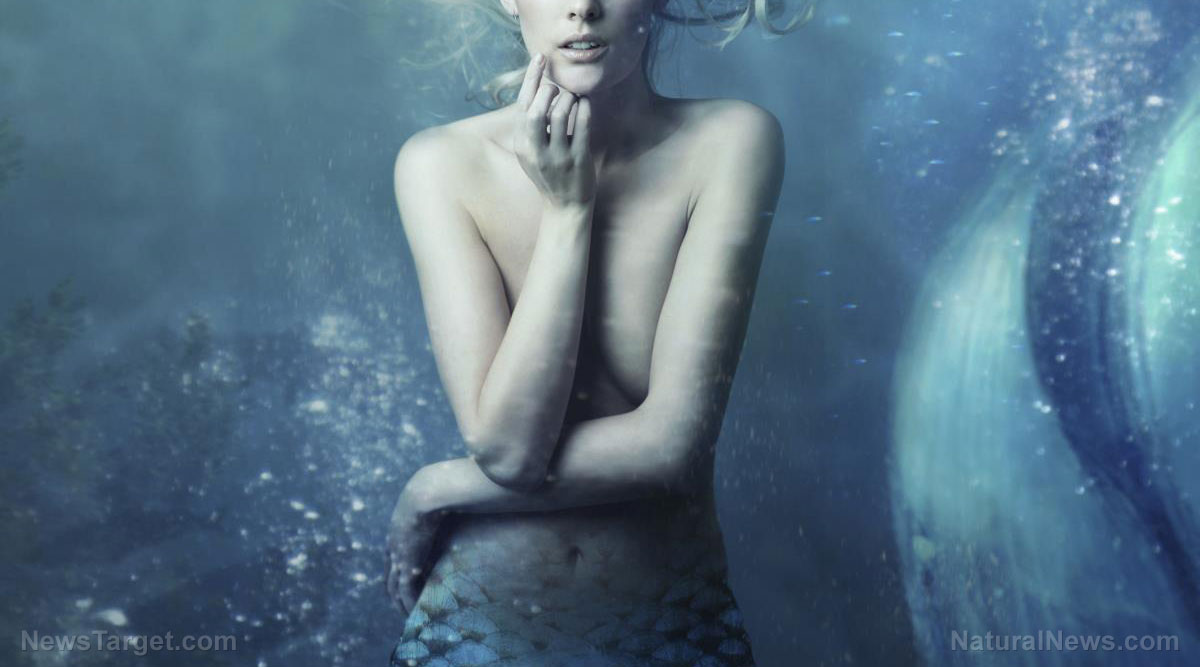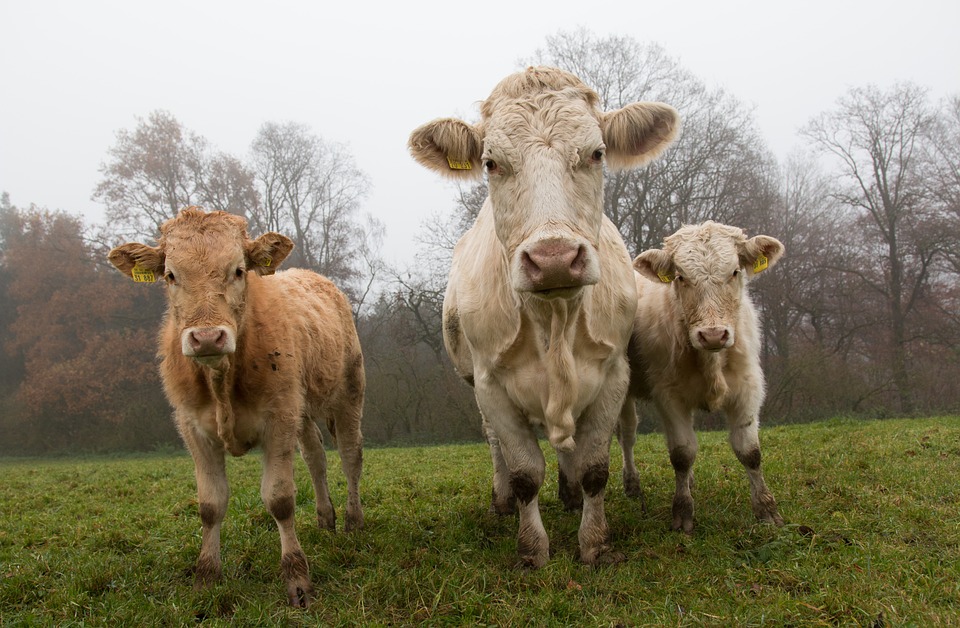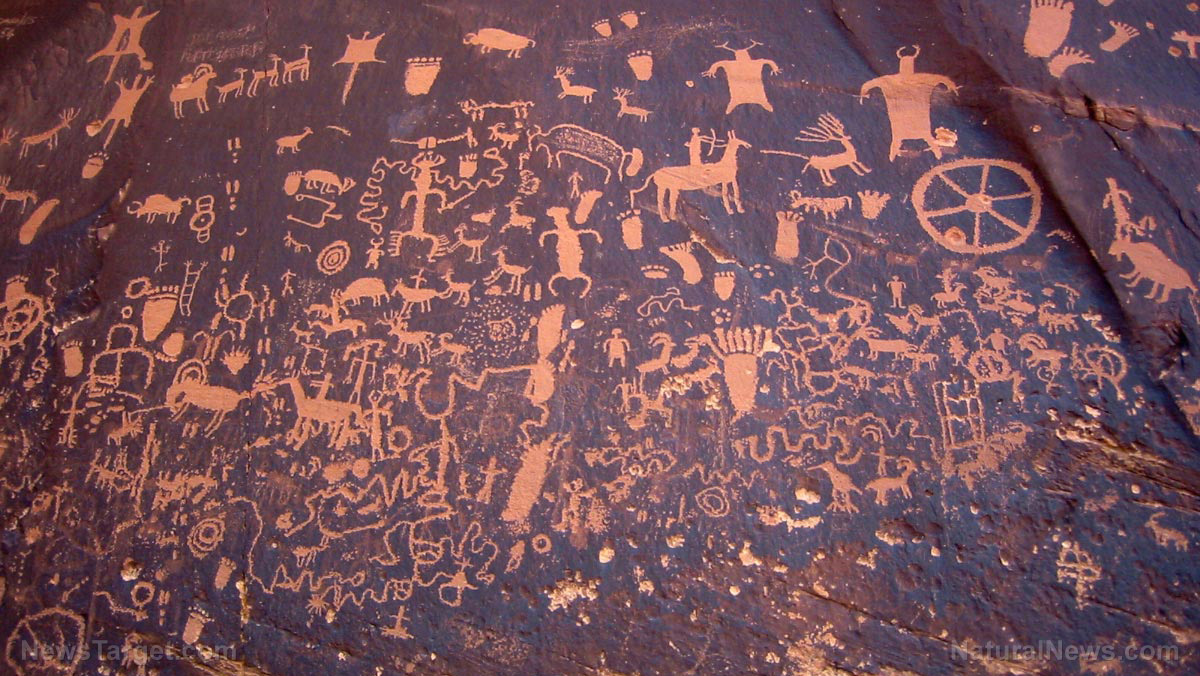
Mermaid with medicinal properties
Takafumi Kato, a paleontologist at the Kurashiki University of Science and the Arts, and his colleagues started looking into the mummy's origins after Kinoshita convinced the temple to allow the research team to investigate the unusual remains. The scientists imaged the mummy using a CT scan. Results of the CT and electron microscope analyses revealed that:- The mummy weighs 365 grams.
- The mummy's eye orbits are fixed forward and there are eyebrows on the face.
- The mummy has two types of hair: thick straight hair and finer curly hair that grow from the head.
- The mummy has cuticles like those of humans and other primates on the surface of the hair.
Fake mermaids were often created to lure tourists
Experts think fake creatures like the Okayama mermaid were created by local people to sell to curious Western tourists.
A similar hoax called the Feejee Mermaid was sold to Dutch travelers in Japan in the 1810s and later resold to English merchants. The Feejee mermaid was eventually shipped to America where it became part of the famous collection of P.T. Barnum. The Feejee mermaid was a three-foot-long (91 cm) mermaid believed to have been made from two different animals: an orangutan and the tail of a salmon. The priests at the temple in Okayama Prefecture hope that the study will add to the mummified mermaid's legacy and help it live on through future folklore. "I hope the research project can leave scientific records for future generations," concluded Kuida. Visit Weirdsciencenews.com for more articles about strange discoveries. Watch the video below for footage of what some say is another mermaid. This video is from the EUROPEchannel channel on Brighteon.com.More related stories:
Antarctic petrels (birds) mysteriously disappear from Svarthamaren Mountain. Video footage shows pod of killer whales freeing a humpback whale tangled in rope. Why are so many extremely bizarre “mystery creatures” starting to appear all over the planet? Sources include: LiveScience.com Asahi.com Japan-Forward.com Brighteon.comCalifornia collapse: Golden State to experience series of MEGA EARTHQUAKES
By Kevin Hughes // Share
The best oil: Extra virgin olive oil contributes to better breast milk quality
By Olivia Cook // Share
Astronomers discover 3 galaxies from EARLY UNIVERSE
By Kevin Hughes // Share
FEMA distributed nonsense emergency brochures to native Alaskans
By News Editors // Share
Will humans go EXTINCT from the deep state’s endless biotechnology experiments?
By Ethan Huff // Share
U.S. inflation cools unexpectedly to 2.7% amid data collection challenges
By bellecarter // Share
Small stores, massive fraud: Haitian duo charged in $7 million SNAP scheme
By jacobthomas // Share
SEC slaps CHARGES on Bitcoin mining mogul over million-dollar fraud scheme
By ramontomeydw // Share
Christian Fuscarino resigns as head of Garden State Equality amid child endangerment charges
By patricklewis // Share
Ancient rock art along U.S.-Mexico border reveals 4,000-year-old indigenous cosmology
By kevinhughes // Share











